There are minor things that one would want to correct if this was real data I needed to present but I am just trying to get a handle on how it works. I am looking for a true tornado graph showing the frequency of yes's and no's present in each category.
I have meticulously gone through stack/reddit, R documentation, and YouTube video to get a chart that reports the frequency of yes/no answers by category and have flipped the coordinates so that the bars stretch horizontally. This is usually good enough for most people looking for tornado graph. However, since I am dealing with binary data yes/no. The bars are just stacked flush against the left hand axis and still does not produce an actual tornado graph.
Due to some upcoming reports I was hoping to get some good information and practice in making true tornado graphs but with this simple 150 observation data set all I keep producing is a bar chart histogram
dput(head(data))
structure(list(Global_Region = structure(c(3L, 1L, 1L, 1L, 1L, 1L), .Label = c("Europe", "Middle East", "Eastern Block", "South & Central, "America", "North America", "Africa", "Asia", "Asian Pacfic"), class = "factor"), No_Elected = structure(c(2L, 2L, 2L, 2L, 2L, 2L), .Label = c("No","Yes"), class = "factor")), row.names = c(NA, 6L), class = "data.frame")
head(data)
Global_Region No_Elected
1 Eastern Block Yes
2 Europe Yes
3 Europe Yes
4 Europe Yes
5 Europe Yes
6 Europe Yes
This produces a great bar histogram showing a single horizontal bar for each category the breakdown of yes's of no's.
Now I just need to get it off the axis and center each break down, down a single middle line/point to create a tornado graph.